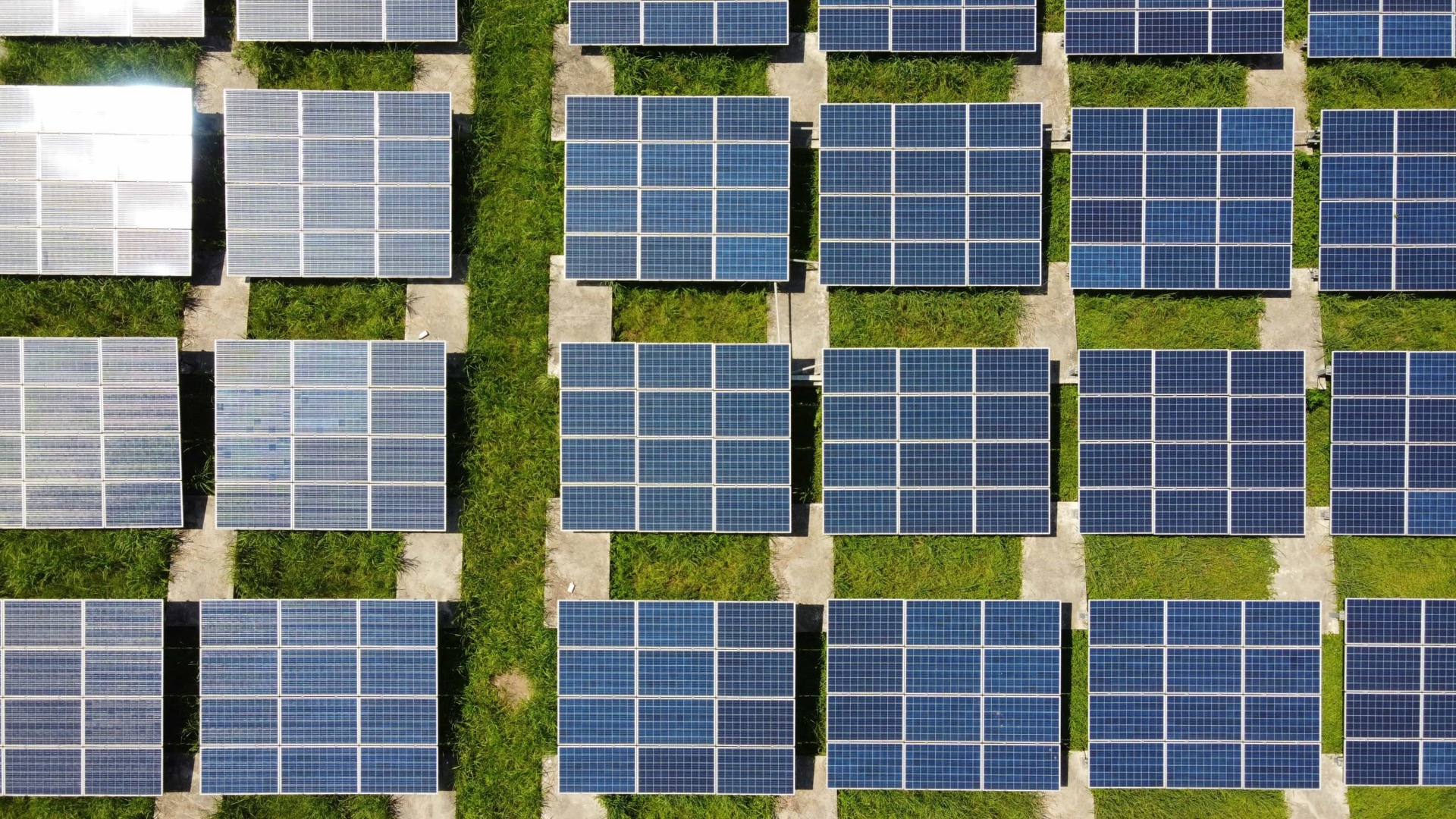Have you ever noticed that your road trip often feels much longer than the straight-line distance between two points? Scientists have uncovered a fascinating truth: on average, the distance we drive on roads is about 1.3 times the straight-line distance, or “as the crow flies.” This universal ratio holds true across different countries, landscapes, and road networks. The research reveals how road systems are designed and why this extra distance is both unavoidable and surprisingly efficient.
The Gap Between Straight Lines and Real Roads
In an ideal world, every road would follow a straight path, connecting point A to point B without any detours. But in the real world, geography, economics, and practicality shape how roads are built. Highways curve to avoid mountains and lakes, while urban streets weave through dense neighborhoods and around buildings. These factors create what scientists call the “network distance” - the actual distance you drive - which is almost always longer than the straight-line, or geodetic, distance.
The study compared road networks from various regions, including the U.S., Germany, China, and smaller areas like California and Great Britain. Despite differences in geography and infrastructure, researchers found a consistent pattern: the average driving distance is 1.3 times the crow’s flight distance. This “1.3 rule” reflects how well road systems are optimized to balance efficiency, accessibility, and cost.
How the Study Was Conducted
To uncover this rule, scientists analyzed thousands of road connections using data from OpenStreetMap, a global mapping project. They measured the shortest driving distances (network distances) and compared them to the geodetic distances between the same points. This analysis was repeated across eight regions with different types of roads, from motorways to smaller highways.
The researchers also created computer models to simulate road networks under different conditions. They discovered that random or poorly planned road systems didn’t follow the 1.3 ratio. Instead, this pattern emerged only when the networks were designed with specific goals, like connecting population centers while avoiding natural obstacles.
Why Roads Are Designed This Way
Road networks are a careful balance between competing priorities. They need to connect as many places as possible (accessibility) while minimizing construction costs and environmental impact. For example, it’s cheaper and easier to build roads around mountains rather than through them, even if it adds extra distance. Similarly, in cities, roads often follow older paths that have been shaped by centuries of development.
The 1.3 ratio reflects this balance. It’s not the shortest possible route, but it’s efficient enough to connect communities while keeping costs manageable. This consistency across regions shows that humans have developed a surprisingly universal way of designing road systems.
What This Means for Everyday Travel
Understanding this ratio helps explain why some journeys feel longer than expected. Even if a destination is only 100 kilometers away as the crow flies, you’ll likely drive about 130 kilometers to get there. This knowledge could improve GPS navigation systems, helping them provide more accurate travel time estimates by accounting for the extra distance roads typically add.
The study also highlights why certain areas may feel harder to reach. In regions with fewer roads or more challenging geography, the network distance might exceed the 1.3 average. Conversely, in well-planned cities or flat landscapes, the ratio might be closer to 1.2, meaning roads more closely follow straight-line paths.
Implications for Urban Planning
This research isn’t just about understanding the roads we drive - it has real-world applications for urban planning and transportation. Planners can use the 1.3 ratio as a benchmark to evaluate the efficiency of road networks and identify areas for improvement. For example, if a city’s road system has a much higher ratio, it might mean there are unnecessary detours or missing connections that could be addressed.
The findings could also inform future infrastructure projects, especially in developing regions where new roads are being built. By understanding what makes road networks efficient, planners can design systems that maximize connectivity while minimizing costs and environmental impacts.
Looking to the Future
As transportation technologies like autonomous vehicles and smart cities become a reality, the principles behind road design will play an even greater role. Knowing how and why roads add distance to travel can help shape better networks for self-driving cars and optimize routes for faster, more sustainable journeys.
This study reminds us that the roads we rely on every day are the result of careful trade-offs between efficiency, cost, and practicality. While they might not always be the shortest route, they reflect centuries of innovation and adaptation to the world around us. By understanding these patterns, we can continue to improve how we connect people and places, making travel better for everyone.


